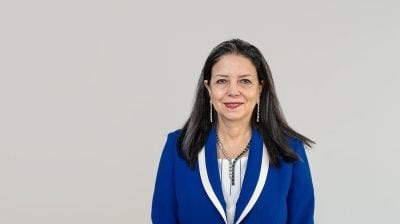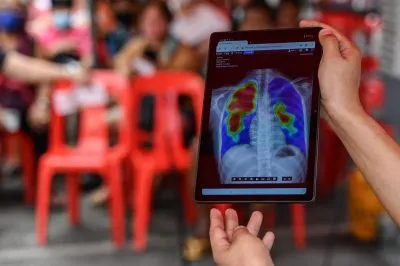Launched in 2007, the M-Pesa mobile money service – introduced by dominant mobile operator Safaricom – is used by 70% of Kenya’s adult population, and contributes 40% of the country’s GDP. While attempts have been made to introduce the service to other African markets, these have been largely unsuccessful, most notably in South Africa. Report by Gabriella Mulligan.
M-Pesa mobile money service was launched in 2010 and the service was adopted by one million users, but failed to gain significant traction thereafter. Numerous efforts have been made at analysing the reasons behind M-Pesa’s success in Kenya and comparative failure in other markets. Most analysts focus on Kenya’s extensive unbanked population, the supportive regulatory environment, and Safaricom’s monopoly over the market (currently at over 67% market share).
However, according to Safaricom’s CEO Bob Collymore, cultural factors had the largest role to play in M-Pesa’s success in Kenya. “Kenyans have a culture of harambee (working together), where people come together to raise resources for a specific cause. This is usually in the form of raising money for funerals, weddings, school fees etc. This means that people with money – usually in urban areas – are frequently called upon to assist their less well off family, friends, villagers – usually in rural areas,” Collymore says.
“The need, therefore, was to move money over distances cheaply and efficiently. This was the principal reason why Kenyans embraced the solution and built trust in the system,” the CEO says.
However, the system of pooling resources is widespread in Africa, for example, the long-established and well functioning susu system in Ghana and similar schemes in other African countries. Yet, the M-Pesa model has not travelled well outside Kenya, not even in neighbouring countries. Perhaps the most important factor, says Collymore, has been “the trust that consumers have in the Safaricom brand”. The other driver for the system has been the number of agents across the country and government regulation supporting financial inclusion. “But I still think that the cultural dimension is probably the most distinguishing feature,” Collymore says. Safaricom has over 21m subscribers.
According to Collymore, the success of any financial service offering depends on it answering a defined need in the market, and not just attempting to emulate another country’s solution.
“Many other countries have taken the solution and are busy looking for the problem. Some of the evolutions of the system, such as cashless distribution and cashless payments could be more relevant to other markets – but it’s likely that there are already very efficient alternative solutions in existence in those markets,” he says.
“My view is that each market needs to take a good look at its requirements before deciding how the mobile payment system should be structured and deployed.”
Adapting model to S Africa
This advice seems to have been recently heeded by South Africa’s Vodacom, which in August announced a revamp to the M-Pesa service for the local market, in a bid to revive the service in South Africa.
“Each country has its own unique needs and challenges, and it has been a learning process getting to understand exactly what will and what won’t work in South Africa,” said Shameel Joosub, CEO at Vodacom.
One of the elements in the overhaul is a tenfold increase in the number of agents across the country – with the target of establishing 30,000 M-Pesa agents in South Africa by the end of the year. “It’s not good enough to have an agent at the nearest big town or at a handful of big retail outlets. Instead, you need to have agents where people live and work,” Joosub says.
The registration process has also been changed, to allow users to sign up for M-Pesa via mobiles using their ID document information, as opposed to the previous system which required users to present their documentation at specific Vodacom outlets.Additional functionalities have also been added to cater to the fact that South Africa’s market has a higher level of access to financial services than in Kenya. These include the roll-out of a chip and PIN Visa card to allow for the withdrawal of cash from M-Pesa accounts at ATMs, as well as point of sale payments via the M-Pesa card.
With the first launch of M-Pesa outside of Africa having taken place in Romania in April, efforts to emulate the service’s success in other countries continue.
Want to continue reading? Subscribe today.
You've read all your free articles for this month! Subscribe now to enjoy full access to our content.
Digital Monthly
£8.00 / month
Receive full unlimited access to our articles, opinions, podcasts and more.
Digital Yearly
£70.00 / year
Our best value offer - save £26 and gain access to all of our digital content for an entire year!
 Sign in with Google
Sign in with Google 


